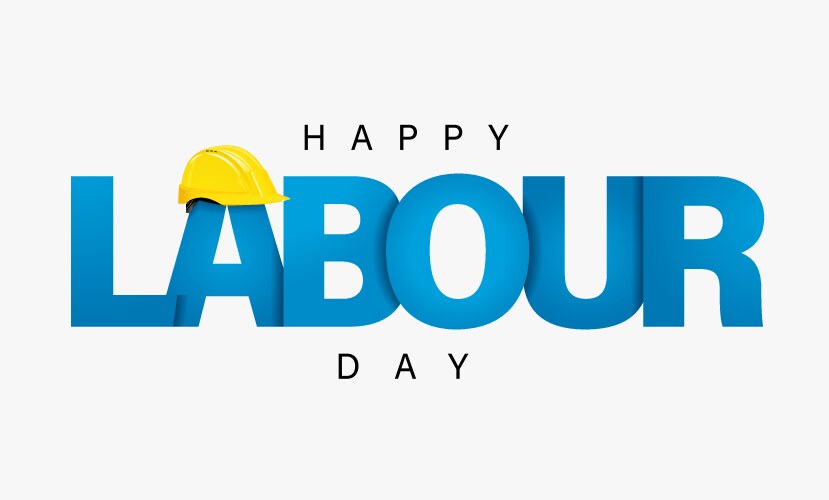
May Day in India: Honoring Workers’ Rights and Celebrating Labour Solidarity
May Day, also known as International Workers’ Day or Labour Day, holds a significant place in India’s cultural fabric, celebrated across the nation’s diverse linguistic landscapes. From Kamgar Din in Hindi to Karmikara Dinacharane in Kannada, Karmika Dinotsavam in Telugu, Kamgar Divas in Marathi, Uzhaipalar Dhinam in Tamil, Thozhilaali Dinam in Malayalam, and Shromik Dibosh in Bengali, the day resonates with a mosaic of cultural expressions.
The origins of May Day in India trace back to 1923, when the Labour Kisan Party of Hindustan organized the first celebration in the bustling city of Madras (now Chennai). Singaravelar, a firebrand leader, arranged two historic gatherings to mark the occasion, unfurling the iconic red flag- a worldwide emblem of labour movements- on Indian soil for the first time. This daring move became a rallying cry, reverberating across the subcontinent. The Labour Kisan Party was celebrating the growing labour movement in India, which was gaining momentum amidst the nationalist struggle against British rule. Singaravelar aimed to give voice to the aspirations of workers and farmers who were facing exploitation, long working hours, low wages, and poor conditions under the colonial regime. The party’s rallies highlighted the need for labour rights and fair treatment, resonating with the global worker solidarity symbolized by May Day.
In the decades that followed, May Day transformed into an influential platform, amplifying the voices of workers demanding their rights. Workers faced problems like unsafe working environments, lack of healthcare, and job insecurity, leading to the advent of unionism as a way to collectively bargain for better conditions. The post-independence era witnessed a surge of unity, with various unions converging to confront shared challenges. The archives of labour history were etched with momentous events like the significant railway strike of 1974 and the Great Bombay textile strike of 1982, showcasing the collective might of the working class.
However, the spark that ignited the global labour movement can be traced back to May 1, 1886, in Chicago, United States. On this pivotal day, tens of thousands of workers took to the streets, demanding an eight-hour workday, marking the beginning of the This revolutionary event resonated worldwide, leading to the international recognition of May 1 as a day of solidarity among workers, honouring their struggles and rights.
India’s labour unions have a long history dating back to the colonial era, with the first union established by mill workers in Bombay in 1890. The All India Trade Union Congress (AITUC), which later became the country’s largest labour union group, was founded in 1920 with an agenda to fight for workers’ rights, better wages, and better working conditions. The Trade Unions Act of 1926 provided legal protection by allowing registration of unions and defining regulations, helping the movement spread across the nation. Post-independence, unions affiliated with political parties like the Indian National Congress and the Communist Party of India emerged.
Labour unions in India were not abolished, but their activities were severely restricted during the Emergency period from 1975-1977 when fundamental rights like forming associations were suspended. To address long-standing issues in labour laws, the new Industrial Relations Code 2020 (IRC 2020) aims to strengthen unions’ bargaining power. It mandates employers recognize the majority ‘negotiating union’ which gets sole negotiating rights on matters like wages, working hours and service conditions. If no single union meets criteria, a ‘negotiating council’ of unions is formed. Clear guidelines are provided for verifying union membership.
After independence, the trade union activities of workers in the unorganised and small-scale sector gathered some momentum as well. Workers in unorganised sectors like bidi making were organized at different centres, and construction workers formed their unions. Even today, nearly 90% of India’s workforce is in the informal sector, lacking basic rights and social security. While unions cannot be formally established in this unorganized sector, their advocacy helps raise awareness and push for policy reforms benefiting these workers.
At its core, Labour Day acknowledges the hard work and dedication of the working class, raising awareness about their rights and shielding them from exploitation like excessive overtime, wage theft, lack of safety equipment and leave entitlements. Its impact can be witnessed in various labour legislation and reforms enacted over the years, such as the Factories Act of 1948, which aimed to improve labour conditions in manufacturing environments, and more recent developments advocating for minimum wage revisions and better working conditions.
However, India’s labour regulations have often faced criticism for prioritizing job security over job creation, reflecting policies rooted in the socialist era. The existing labour laws are a labyrinth of redundancy and duplication, resulting in significant compliance challenges. For example, there are over 40 national and 100 state-level labour laws dealing with wages, provident funds, industrial disputes, social security and so on. While several states have formulated regulations and preliminary notifications are accessible, their enforcement by the government remains a work in progress, awaiting comprehensive implementation.
May Day, thus, transcends its origins as a mere relic of labour history, evolving into a continuing call to value and advocate for the dignity of labour. Its relevance today reminds us that the journey for fair labour practices is ongoing, and every step taken towards this cause is a step toward a more just and inclusive society- a society that celebrates the contributions of its workforce, the backbone of every nation’s progress.

